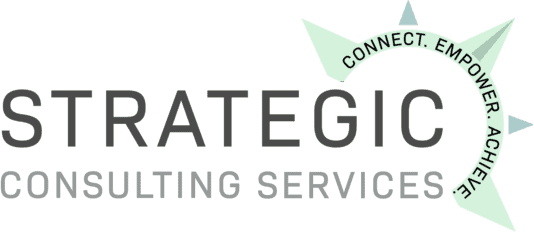As the aging population continues grow in number, older workers are also becoming a valuable segment in today’s workforce. However, age-related limitations may affect some workers. These conditions may include anxiety, depression, problems with addiction, repetitive motion strain, or restrictions that are cognitive, physical or sensory in nature.
Statistics show that about one in every 7 U.S. workers are 65 years old or older. By the year 2060, around 98 million older people, or double the current statistics, will be working.
While aging is not an impairment, itself, certain conditions do manifest with age. These conditions may include arthritis, hearing loss, or osteoporosis. Below are examples of some age-related limitations that employers and employees need to recognize and address.
Cognitive Limitations
Cognitive limitations may hamper an older person’s memory and ability to focus, organize, manage his or her time, or control his or stress or emotions. As a result, he or she may also find it difficult to finish assigned tasks on time or in their entirety.
For example, memory problems affect one’s capacity to retain information that is seen or heard. This makes it difficult to remember details, names, passwords, instructions, and phone numbers.
To accommodate memory impairments, an employer might:
- Permit the use of a job coach or offer a workplace mentor
- Use auditory or written cues and reminders, when needed
- Permit additional training time
- Provide written checklists
- Employ a color-coding system to prioritize tasks
As noted, in some instances, aging workers may experience diminished focus. To help employees, employers might provide private offices, space enclosures, and sound absorption panels to cut down on the distractions.
Motor Impairments
One type of employment task that an older worker with gross motor limitations may struggle with is carrying heavy objects. Using a dolly, hand truck, or cart is an adaptation that many people can make. In addition, using a motorized cart is also an alternative. A stair-climbing hand truck is another form of accommodation. Motorized devices, used for pushing, such as in healthcare, make it possible for older employees to work more easily.
Moreover, adjustable workstations give employees with sitting or standing limitations a way to adapt to their condition at work. It may be helpful, as well, if you’re an employer, to have your workspaces ergonomically assessed.
Some older workers have fine motor limitations – impacted by conditions such as arthritis or carpal tunnel syndrome. In these cases, you can use alternative input devices to make it easy for employees to access computer data. Speech recognition software, writing aids, typing and keyboard aids, and hands-free telephones are all viable options in this regard.
Sensory Impairments
Among older workers, two common sensory conditions impair their ability to work effectively. These conditions include hearing impairments, such as presbycusis, or vision loss, such as presbyopia. Presbyopia makes it difficult for a person to focus on objects close at hand.
Presbycusis gradually develops over time, and causes a loss of hearing in both ears. Both captioned calls and audio amplification are efficient ways to improve hearing and communications.
Learning CPR and First Aid
Both employer and employee can also improve the workplace culture by learning a skill, such as CPR or first aid. Because older employees may succumb more easily to a sudden cardiac arrest (SCA), this additional training can instill more confidence in the workplace setting.
Having easy access to a first aid kit and automated external defibrillator (AED) are also important for both the employer and employee.
Final Thoughts
Older employees can benefit in one of several ways when given accommodations for an impairment. Because each situation is different, you need to evaluate your working environment to see what tools may work best for you. The above information will hopefully inspire you to find just the right solution as an employer or an older employee.
Contact the ADA Experts at Strategic Consulting
Our team is here to help with your disability accommodation issues, vocational rehabilitation needs, ergonomic evaluations, and other employee needs.
We have partnered and provided solutions to some of the largest companies in the world (such as Boeing, Microsoft, and Amazon). But, at our core, we are still “people taking care of people,” one project at a time. Our success is built upon and providing you the best solution to your workplace challenge. Contact us today by filling out a form (below), submitting a referral, or visiting our ‘Contact Us‘ page to find your nearest office.

Ric has been working in the industry since 2002, specializing in developing employer jobsite analysis and light duty programs, ergonomics consultations and adjustments, disability accommodations and providing effective return to work solutions. Ric is Matheson trained in Ergonomics and is a Certified Ergonomics Evaluation Specialist. He earned a Bachelor of Arts Degree in Psychology from Western Washington University and later his Master’s Degree, M.Ed., Education Counseling from Seattle Pacific University. Ric is currently a Registered Vocational Rehabilitation Counselor for the Department of Labor and Industries and has been a Certified Disability Manager Specialist since 2006.

